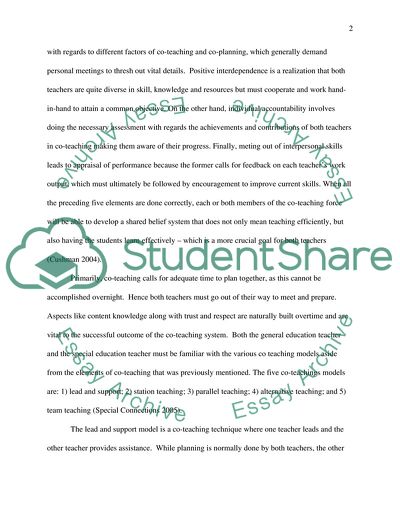Cite this document
(“Co-teaching: Technique or Strategy for Special Education Students Research Paper”, n.d.)
Co-teaching: Technique or Strategy for Special Education Students Research Paper. Retrieved from https://studentshare.org/education/1745094-co-planning-co-teaching
Co-teaching: Technique or Strategy for Special Education Students Research Paper. Retrieved from https://studentshare.org/education/1745094-co-planning-co-teaching
(Co-Teaching: Technique or Strategy for Special Education Students Research Paper)
Co-Teaching: Technique or Strategy for Special Education Students Research Paper. https://studentshare.org/education/1745094-co-planning-co-teaching.
Co-Teaching: Technique or Strategy for Special Education Students Research Paper. https://studentshare.org/education/1745094-co-planning-co-teaching.
“Co-Teaching: Technique or Strategy for Special Education Students Research Paper”, n.d. https://studentshare.org/education/1745094-co-planning-co-teaching.


